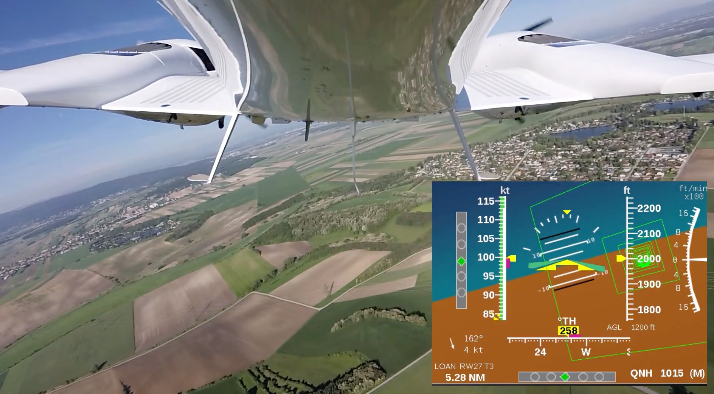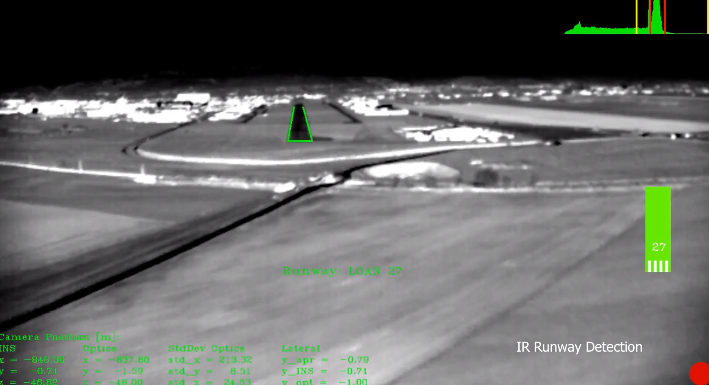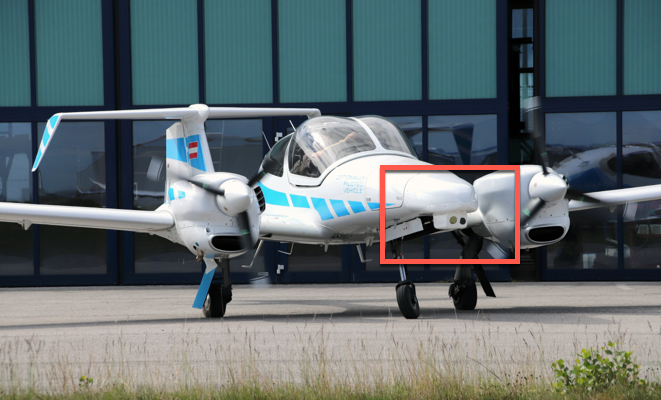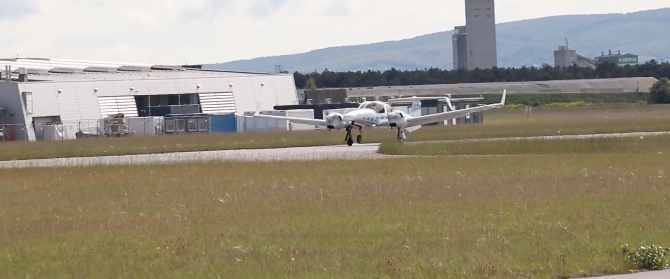German researchers at Technische Universität München (TUM), located in Munich, Germany, have designed and tested an autonomous system that can land a small civilian plane without relying on ground systems. This technology could open up a new era of autonomous flight — and take the human error out of landings, reported TechCrunch
Commercial passenger planes heavily rely on ground-based systems that aid pilots in locating the runway on the final approach. This system is called the Instrument Landing System (ILS), guides a commercial aircraft to the runway. Pilots use ILS to verify their alignment and glide slope with the runway but rarely use it for an automated landing.
The new automated landing system is called C2Land, uses a set of cameras and sensors mounted in the nose of the plane to guide the airplane for final approach. The plane’s computers take over and land the aircraft on the centerline of the runway, without human reaction nor any help from ground systems. The automated system was installed on a Diamond DA42 Twin Star, a twin-engine plane that seats four, for experimental testing.
The first test flight was conducted in May as the Diamond DA42 made a successful automatic landing at the Diamond Aircraft airfield.
Test pilot Thomas Wimmer was amazed by the new landing system:
“The cameras already recognize the runway at a great distance from the airport. The system then guides the aircraft through the landing approach on a completely automatic basis and lands it precisely on the runway’s centerline.”
Automated landings without ground-based systems is a significant milestone for the proliferation of automated flight, expected to revolutionize the transportation industry in the 2020s and beyond. This means computerized landings that aren’t possible at smaller airports because ILS isn’t installed could soon have the ability to see automated landings in the coming years.
Vision-assisted navigation systems like C2Land will likely become standard on all aircraft in the future; the technology is still its infancy.
via ZeroHedge News https://ift.tt/2LO8Ss2 Tyler Durden



